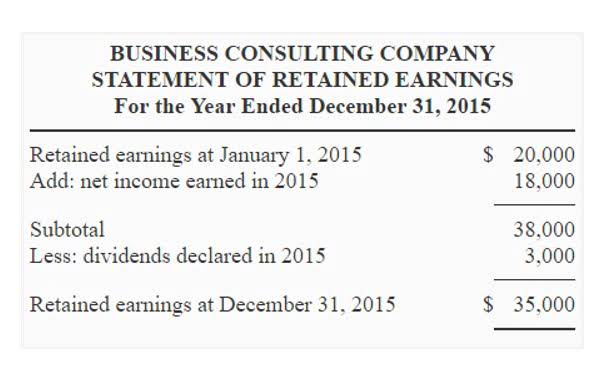
This time spent chasing payments is time not spent on growth and innovation, representing an overlooked cost that can become substantial. To comply with legal requirements, all relevant details should be shown including the business name or names in reference to the invoice, the business address and business contacts . In the case you are a Limited Company, in addition to the above, the full name of the business, registration number and the registered business centre located address. Traditionally, however, most companies will look for you to pay the bill immediately or within a short period of time.

How and where to create invoices and bills
- Billing is the process of generating bills, sending them to the client, and collecting payments.
- Follow up on past due invoices consistently with email or phone call reminders.
- Remember, invoices are for sales, bills are for purchases, and always double-check your paperwork before sending it to the world.
- Best of all, you can conveniently access these great features through a mobile app, which can streamline your billing process and help you get paid faster.
- Likewise, SAP’s accounting software makes the same distinction, where invoices are used to describe the products and services you deliver to your customers.
- However, this is not always helpful, and one may wish to receive some advance amount or outline more details in the payment terms.
The “INVOIC” standard can also be used to transmit credit and debit memos. Some invoices are no longer bills and invoices paper-based, but rather transmitted electronically over the Internet. It is still common for electronic remittance or invoicing to be printed in order to maintain paper records.
What is the difference between a receipt, invoice, and bill?

These delays not only affect immediate cash flow but also disrupt cash flow projections, making it challenging for financial managers to plan for future expenses and investments. Lessees and tenants may consider bills as less formal than an invoice, though there are legal implications. A bill is considered as evidence of a transaction, thus it can be often used for various accounting as well as taxation purposes. It is a document encompassing the material or services extended and the outstanding amount, which is important during disputes or audits. For collection purposes, in other parts of the world, these bills can serve as a starting point for collection measures or serve to institute claims over amounts owed by people. On the other hand, invoices are frequently used in transactions with more complexity, especially in transactions between businesses that require detailed information and price breakdowns.
What is Billing?
- To sum it up, sending an invoice is to request payment and receiving a bill is to pay for the purchase.
- As a business, you might store information about your customers, including records of the services sold to each one over a particular period.
- By including these key details, businesses can create professional and effective invoices that facilitate smooth transactions and maintain a strong financial record.
- Stripe Billing and Stripe Invoicing provide businesses with comprehensive, flexible solutions for managing their invoicing and billing.
- The Open Applications Group (OAGi) has a working relationship with UN/CEFACT where OAGi and its members participate in defining many of the Technology and Methodology specifications.
- Stripe does not warrant or guarantee the accurateness, completeness, adequacy, or currency of the information in the article.
An example of an invoice is when a freelancer sends a detailed breakdown of their services and fees to a client before the work is completed. An example of a bill is when a monthly utility bill is sent to a customer after they have used the services. Depending on your Law Firm Accounts Receivable Management industry, there may be specific norms or standards around invoicing and billing. For example, in the healthcare industry, bills are often used to track and manage medical expenses.

For example, a SaaS company may bill customers monthly based on subscription plans. Consultants and agencies may have longer billing cycles related to projects, where they would issue an invoice at the project’s end. Another way to distinguish an invoice from a bill is by looking at the customer. Invoices are primarily used in business-to-business (B2B) transactions, where goods or services are provided with the expectation of delayed payment or credit terms. Invoices typically include detailed payment terms that specify when and how payment is due.

However, a bill is issued immediately following the product or service delivery, and the seller expects their clients to make payment immediately. Companies, independent contractors, and business owners may choose to send an invoice net sales when the product or service is purchased or delivered or as an end-of-month statement. An end-of-month statement details all outstanding transactions and the total amount owed.
While they may seem similar, there are distinct differences between the two. In this article, we dive into what an invoice is and what a bill is, explaining the fundamentals and how each should be used. You might have come across the terms invoice, bill, and receipt in your daily life. Although these terms are often used interchangeably, barring some similarities, they are fundamentally different from each other. This guide will walk you through what each of them does and how they are different from each other in detail. For starters, the terms “invoice” and “bill” have precise definitions when it comes to accounting.
